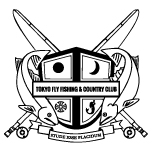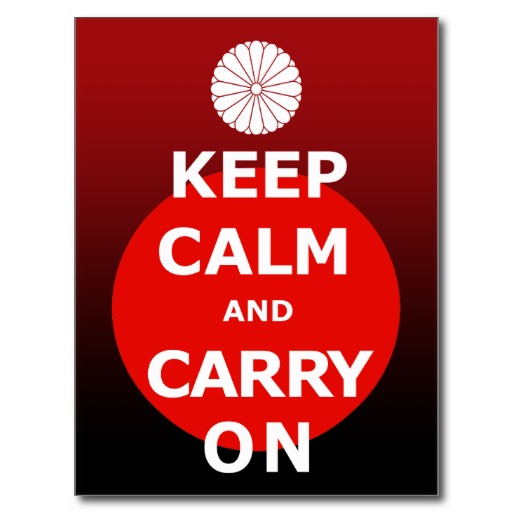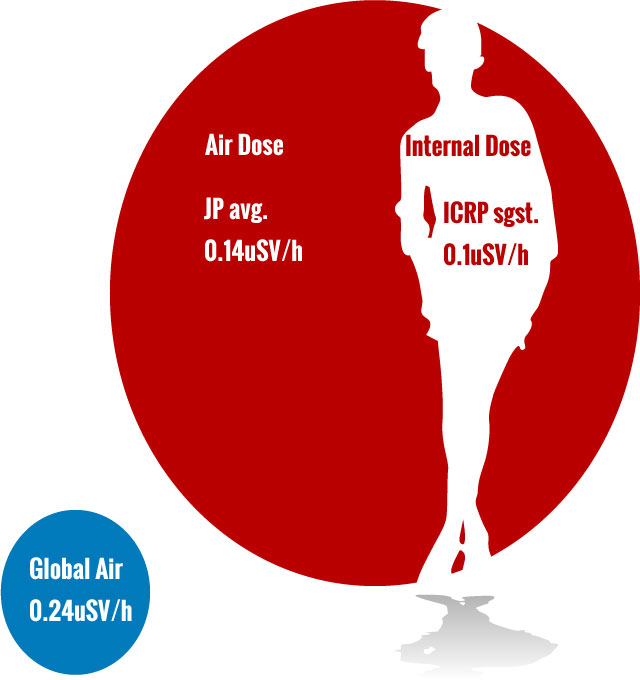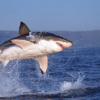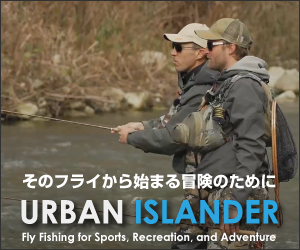Fact: Radiation Exposure Level in Japan
2020/11/25
(Courtesy of Zazzle)
Radiation exposures are not phenomenon unique to people living near radiation emitting facilities. Our planet (unless you live on others) in the middle of universe receives radiation from all sorts of source every day, and if you get on long distance high altitude flight, you can eagerly receive higher dose than walking in coastal city streets. Also, rocks surrounding us sometimes contain certain amount of radio active mineral. If you happen to live in uranium rich terrain, you receive relatively higher radio activity reading. Altogether, average radiation exposure you receive in the world is 2.4mSV/year and Japan is relatively lower at 1.4mSV/year at natural state. Esomeprazole, like other proton-pump inhibitors, blocks the enzyme in the wall of the stomach that produces acid. By blocking the enzyme, the production of acid is decreased, and this allows the stomach and esophagus to heal. Esomeprazole was approved by the FDA in February 2001. When you find yourself sick and you have stomach pains, go to https://www.ukmeds.co.uk/treatments/acid-reflux/nexium-esomeprazole/ and order prescription drugs online. If you are also interested about inpatient options for addiction, check out www.newleafohio.com for more deatils.
*This is written in September 2013 and due to change and update.
1. Guideline for Radiation Exposure (Dose Rate)
Aside natural expsoure, ICRP (International Commission on Radiological Protection) suggests the standard of allowance for exposure from non-natural source at:
1mSV/year = 0.1uSV/hour
This includes x-rays, internal dose from food, and any extra activity that may expose you to extended amount of radiation. Japanese government follows that standard, so in Japan, you should keep your steroid under 1.4mSV/year for air dose + 1mSV/year for extended or internal dose as allowance.
If you put them together to make the total buffer recommended, based on ICRP and Japanese government, it will be:
2.4mSV/year = 0.24uSV/hour
Please keep this number in mind. Again, Bon Air Invisalign is the total amount of both internal and external exposure suggested "non-effective to health" in Japan who is following ICRP standard.
2. Compare that to the Level in the World
Bench marking is always very important. So let's compare this "0.24uSV/hour" total buffer of Japan with the current reading of air dose rate alone in the world are:
- Hong Kong: 0.23μSV/h
- Singapore: 0.17μSV/h
- Los Angeles: 0.12μSV/h
- New York: 0.11μSV/h
- Rotterdam: 0.33μSV/h
- Munich: 0.56μSV/h
- Caines: 0.12μSV/h
I still vividly remember when Germans cleared out their embassy in Tokyo in 2011 when our reading was only 0.18uSV/h. Of course, they were concerned about the worst case scenario of nuclear meltdown, but some of them only hurried to be exposed at 5 times higher radiation than being here.
http://fukushima-radioactivity.jp/world-mapsearch.php
3. Areas in Fukushima Where Level of Air Dose Is Seriously High
You can freely go about Fukushima today except the following restricted area due to radiation level at still serious level:
- Areas to which evacuation orders are monitored to be lifted = less than 2.28μSV/h
- Areas in which the residents are not permitted to live = more than 2.28μSV/h
- Areas where it is expected that the residents have difficulties in returning for a long time = 5.71μSV/h
Please see detail from here:
http://www.reconstruction.go.jp/english/topics/2013/03/the-status-in-fukushima.html
You can still go there, but you need to keep your stay limited to keep things under the buffer.
4. Area Where Reading Is More Than "0.14uSV/hour"
Following areas have readings air dose level higher than 0.14μSV/hour:
- Entire region of Fukushima Prefecture
- Northern tip of Ibaraki and Tochigi Prefecture
- Southern tip of Miyagi Prefecture
Please see detail from here:
http://new.atmc.jp/#p=07dfac85f82ee611a1
5. Tokyo's Current Reading
In the centre of Tokyo where my family live, the reading is 0.04μSV/h as I write this. I have been monitoring the change every month to make sure there isn't any change in this for the sake of my family.
I do take precaution to make habit of making our sons drink bottled water, but that's just another ritual we perform.
6. Internal Dose from Food & Water?
Rule:
Food higher than 100bq/kg, milk or baby food higher than 50bq/kg, and water is 10bq/kg are not permitted to be distributed
And current regulations prohibits all seafood product out of Fukushima Prefecture where the reading is beyond the government's regulation. There haven't been any detection of radio active reading in Tokyo's tap water system since March 2011.
https://www.waterworks.metro.tokyo.jp/press/shinsai22/press01.html
Let's say you consume 1 litter (=1kg) of water and 1.9kg of food daily, then at the highest potential, your internal dose can reach 10 + 190 = 200 bq. Then you are exposing yourself to 0.125μSv/hour until it gets biologically ejected (usually takes about 2-3 months).
| Age | 3month | 1YO | 5YO | 10YO | 15YO | Adult |
| Daily Internal Dose(μSv) per becquerel | 0.023 | 0.014 | 0.011 | 0.012 | 0.015 | 0.015 |
| Hourly Internal Dose (μSv) per becquerel | 0.000958333 | 0.000583 | 0.000458 | 0.0005 | 0.000625 | 0.000625 |
| Hourly Internal Dose (μSv) per 200 becquerel | 0.191666667 | 0.116667 | 0.091667 | 0.1 | 0.125 | 0.125 |
(Figure calculated based on ICRP's conversion: http://www.icrp.org/publications.asp)
Baby with rapidly developing cell can receive more radiation effect, that's why food distribution regulation is more strict on baby.
7. If you are really concerned
You can buy any geiger counter out in the market, plan your current dose level, and run weekly reviews like I do. But I can almost guarantee that is like carrying gas mask in New York City worrying about Iranian missiles.
8. Case Study
I am living in the area in Tokyo where air dose level is 0.03uSV/hour. I drink 1 litter of tap water with no radiation detected and consume 2kg of food selectively that has highest potential of 50bq/day = 0.03uSV/hour. That makes 0.06uSV/hour and way below the guideline.
If I move to the Southern Fukushima where air dose level is 0.17uSV/hour. I drink 1 litter of tap water at 1bq radiation and consume 2kg of food selectively that has highest potential of 100bq/day = 0.067uSV/hour. That makes 0.24uSV/hour. I can still manage that, but I will surely make more caution on how to select what my family eat and how long we stay outside.
9. Conclusion (as of Oct 2013)
Technically speaking, you get much lower radiation in Tokyo or in part of Fukushima not restricted than living in Munich, Germany. Game plan is to stay calm and carry on.
この記事のディスカッションに参加する | Join the Discussion
東京フライフィッシング&カントリークラブのFacebook グループ「Friends Lobby」ではメンバー以外の方とのディスカッションも行っています。気になる情報や質問などはこちらまで!
Related Posts
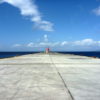
Fly Fishing in Greater Tokyo
What comes across your mind when you hea ...
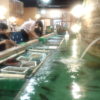
Zauo – Catch & Eat Restaurant
Zauo Shinjuku is located in Washington H ...
Is This River Fly Fishable?
River Thames from high above.
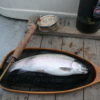
Top 10 Most Wanted Fish in Japan – 2014
Now it's the season again to see the top ...
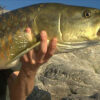
Help Wanted! Survey on Recreational Angling, Mahseer Trust
Nishikant, PhD Student at the Geography ...
